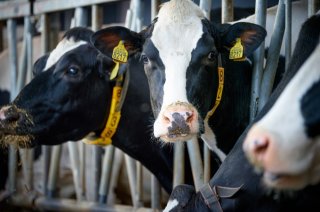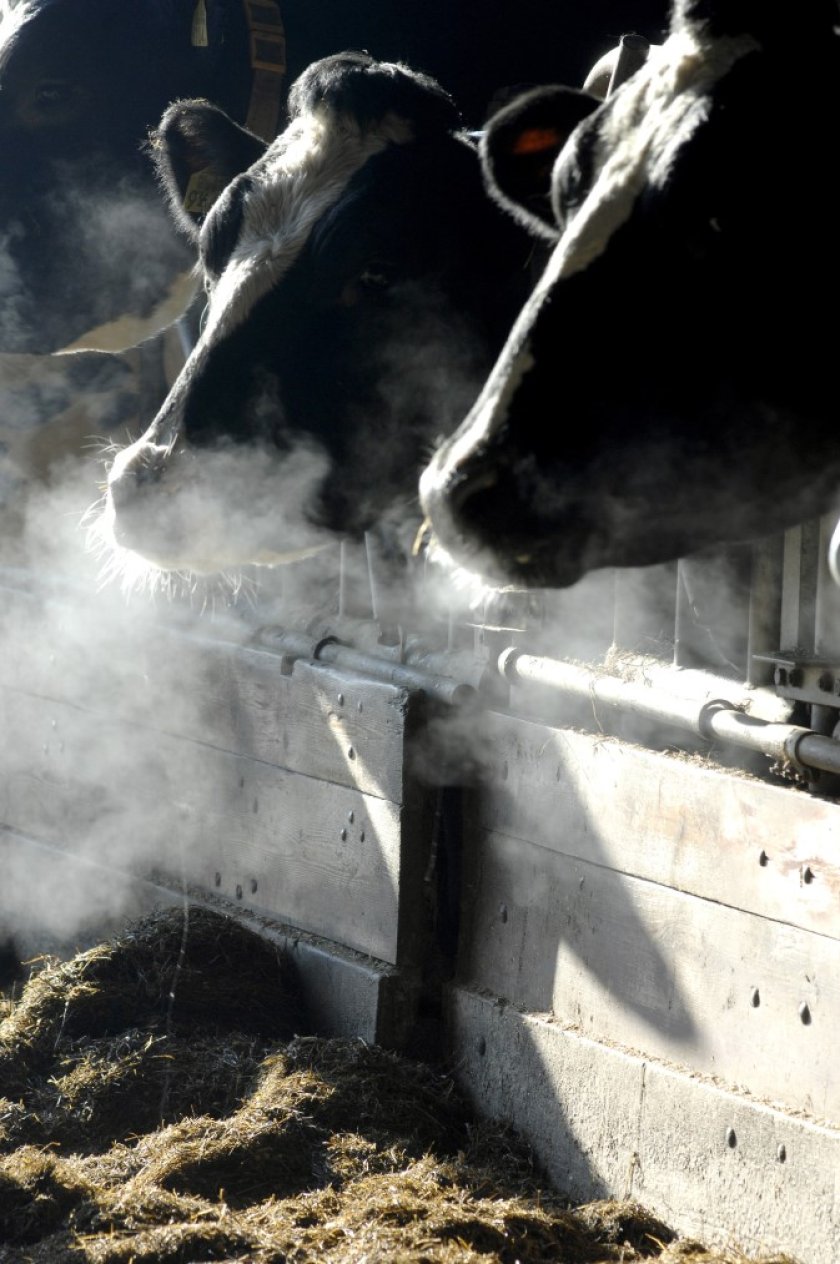
Project
Breeding livestock to control methane
The livestock sector is faced with the challenge of drastically reducing its methane emissions. Most methane emissions in livestock farming originate from cattle, and several strategies are available to reduce these emissions. One of these strategies is targeted breeding. A study funded by the Topsector Agri and Food, in collaboration with FrieslandCampina and CRV (cattle breeding cooperative), is investigating whether methane emissions of individual animals can be reduced through a targeted breeding programme.
Selective breeding

Previous research has shown that some cows naturally emit less methane. It is important to identify these animals and their underlying gene pool. Cattle emit methane primarily through their respiration. The researchers in the current study are analysing the breath of dairy cattle at 100 dairy farms. Their exhalations are sampled by a tube located in the concentrate feeder of the milking robot. By analysing the samples, the differences in methane emissions between individual cows can be determined. This information can also be linked to the genotype of the animal, thus providing more information about the genetic background of the methane emissions of each cow.
To compare cows with different genetic backgrounds, we conduct measurements on many farms simultaneously. We want to know exactly how each cow is performing. If a cow and a bull both have naturally low methane emissions, we can select them as parents for the next generation.
Efficient and cost-effective solution for the future
According to De Haas, breeding with the aim of reducing methane emissions is cost-effective, provides a lasting result and can be easily incorporated into farm management. One hundred dairy farms have been selected for the study. The study will be completed in 2025, after which the analyses will provide a new breeding standard for methane.